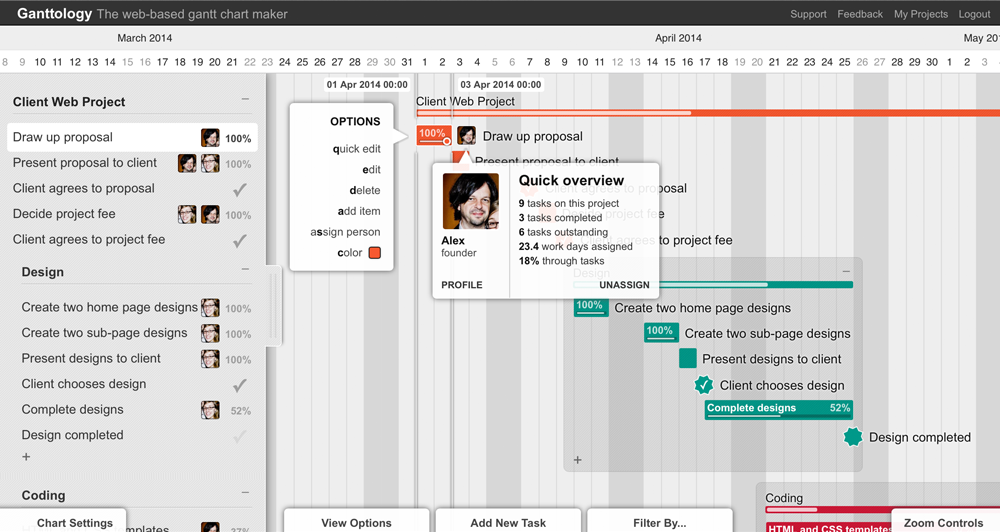

It is helpful at the start of a project (a Gantt chart assists throughout the whole project).It is a detailed tree diagram with all parts connected and no redundancy.It can be helpful throughout the whole project.It is really good for schedule control.It shows the tasks with their dependencies and project milestones.

It visualizes a detailed schedule of tasks related to a project across two axes.Many PM specialists choose a Gantt chart because of its vivid benefits: Let’s take a look at some more critical differences between the two structures. Moreover, using the diagram, you can see team members’ comments, time estimation for each activity, deadlines, activity overlaps, and more. Milestones to measure the project’s progress and show how it approaches the defined goals.Resources - people, equipment, or machines.A bar - a visual representation of a project or a task.This system was designed more than a hundred years ago by Henry Gantt.Ī Gantt diagram allows scheduling projects and their corresponding tasks while getting an overview of the entire project process. This bar chart shows the start/finish dates of a project’s elements such as resources, planning, and dependencies. What is a Gantt chart in project management?Ī Gantt chart is a widely used graphical depiction of a project schedule. Now it is time to analyze critical differences between them. However, they commonly relate to different management tools. These terms are sometimes used interchangeably. A Gantt chart and a WBS (Work Breakdown Structure) are good examples.Īny project manager should clearly distinguish these tools, understand their purposes and scope of use. Graphical diagrams and visual hierarchical structures are essential tools in the world of project management.


 0 kommentar(er)
0 kommentar(er)
